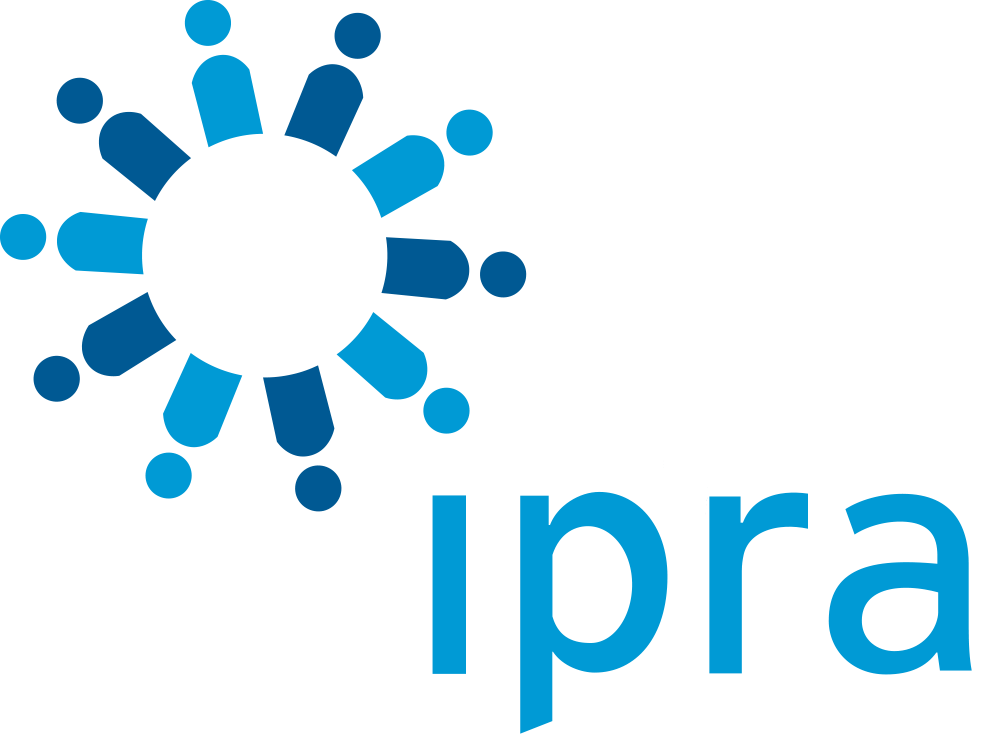ITL #141 Handling globalized information: the first come, first served media strategy
8 years, 10 months ago
(Comments)
Information today crosses borders at lightning speed, presenting organizations with major communications challenges. By Eleonora Leone.
When information about a company goes global, it can be positive. Frequently that information contributes to the company’s reputation and positioning, or is beneficial for investors.
But when that information is not positive, companies face major issues. These may impact not only at a global level, but also on regional and local operations. Including their biggest markets.
The sequence is easy to picture. A global newswire agency gets a story, the story has its upsides but also has its downsides. It opens the debate. The journalist interviews a corporate officer, some fence sitters and a few detractors of the corporate angle. He/she also interviews some analysts whose projections are moderate.
The story sets the scene. In the end it is bittersweet: more bitter than sweet. And then that wire is picked up around the globe by every major local newspaper, and it is syndicated nationwide. The story is everywhere. Like a virus, its spread reaching epidemic proportions. It is in every region: Latin America, Asia, Europe, US. It is in every market; those growing at a slow pace and in the emerging ones.
I know this happens to every PR professional. So my question is, have you ever asked yourself how to deal with information that spreads rapidly though the world without giving your company, or the entity you represent, the opportunity to balance the story? Have you ever thought, is there any way to balance that information? Because that information will surely have an impact on your operations.
Or, have you considered what would have happened if you had been able to manage the impact in some regions? The answer is quite clear, the impact would not have been global. It would have been limited to some countries.
Timely communications
After developing a whole career in local and regional markets, one of the great dilemmas faced when dealing with issues management centers on how to manage global information. How can you ensure that (undesired) global information has a lesser impact on the markets? Or impacts on a reduced number of markets?
The response seems easy: timely communication. But what exactly does timely communication mean?
To me, timely communication means spreading your own regional/local story at the same time a global wire comes out (companies usually know when that is to happen because an executive or an official was interviewed). Or at the same time as a global announcement is being made that the company knows will not make the best impression.
In that scenario, a well-rounded and planned media strategy has to be deployed at regional and local level. The aim is to ensure that the impact will not be global anymore, because it will be managed in a timely fashion in many countries around the globe.
How to achieve such an ambitious goal? In the first place, you need aligned, thoughtful and knowledgeable teams, of course. Second, story placement. You offer interviews with trained regional and local spokespeople to the right media outlets: 1) media outlets with political and/or economic impact, 2) media outlets with nationwide or region-wide reach, 3) media outlets that are highly syndicated.
You need to strategically select the media outlets. And you need to act fast to ensure the information you are providing will spread rapidly. As rapidly as international wires do.
In the case of announcements, interviews can be coordinated under embargo.
Another important tactic to deploy is to have the external influencers trained or briefed to advocate for the point you want to make, for the story you want to place.
By doing that you will, for sure, cover your region and countries immediately, reducing the chances that the media picks the international wires. Your regions and your countries are now shielded. As highlighted before, the impact is no longer global.
In summary, this is the so-called timely communication. Although I like to brand it as the ‘First Come, First Served’ media strategy.
Applying the strategy
There is great potential in taking this approach. Not only is this a media strategy that helps to manage issues or to de-globalize the impact of information, it can also add spice to any global story, puts things in your region/country context and helps build value for your stakeholders.
I will give you a real-world example.
When planning the media strategy to communicate the milestones of the dengue vaccine developed by Sanofi Pasteur, regions became extremely important. This was mainly for one reason: the dengue disease, also known as "break-bone" fever, is an acute mosquito-borne viral disease that poses a serious risk to the half of the world’s population that lives in endemic areas. Basically in Latin America and Asia.
On the other hand, it is important to note that the world has been looking for this vaccine for 70 years and Sanofi Pasteur has been researching and developing it for the last 20. So every piece of news about the dengue vaccine was highly expected by the scientific and public health community. And of course the people. Moreover, it was going to be of huge interest for the corporate world and especially of a great value for Sanofi Pasteur’ reputation.
Therefore, for Latin America there was a huge need to regionalize the global information coming from every milestone. Government authorities, NGOs, the Public Health community, patients and people had to know how this information was going to have an impact on their future planning and their lives.
The First Come, First Served media strategy was applied, for instance, for every publication in a major scientific journal announcing clinical studies results for the vaccine. ‘Under embargo’ or same-time interviews were coordinated with spokespeople from Latin America and media outlets with political impact, nationwide coverage and syndication capacity.
Local and regional newswires were also privileged in the strategy.
In the hours after the embargo was lifted, the information was spread throughout the region. Story angles captured the Latin America epidemiological data, potential health economic and public health impact of the dengue vaccine in country settings in the voice of spokespeople from the region.
The First Come, First Served media strategy was a success: local health authorities were quoted in many pieces of news, the global story had a regional angle originated in a region where the vaccine would have the greatest impact.
Latin America accounted for a big, if not the biggest, portion of the global coverage and spokespeople from this region were amongst the most quoted in the world. The First Come, First Served media strategy also managed to drive positive perception from key stakeholders about the vaccine.
About the author
Eleonora Leone is Public Relations and Advocacy Director for Sanofi Pasteur in Latin America. With more than 15 years of experience Eleonora has developed her career in the consulting and private sector mainly focused on the pharmaceutical business and the healthcare arena. Working in different countries she has developed and managed Public Relations, Public Affairs and Advocacy strategies that drove positive value for patients, stakeholders, company reputation and for every stage of the product lifecycle. Eleonora has a bachelor’s degree in Communications with a major in Advertising, a specialization in Communications in Complex Organizations and a master’s degree in Public Policy.

The Author
Eleonora Leone
Eleonora Leone is Public Relations and Advocacy Director for Sanofi Pasteur in Latin America. . With more than 15 years of experience Eleonora has developed her career in the consulting and private sector mainly focused on the pharmaceutical business and the healthcare arena.
mail the authorvisit the author's website
Forward, Post, Comment | #IpraITL
We are keen for our IPRA Thought Leadership essays to stimulate debate. With that objective in mind, we encourage readers to participate in and facilitate discussion. Please forward essay links to your industry contacts, post them to blogs, websites and social networking sites and above all give us your feedback via forums such as IPRA’s LinkedIn group. A new ITL essay is published on the IPRA website every week. Prospective ITL essay contributors should send a short synopsis to IPRA head of editorial content Rob Gray emailShare on Twitter Share on Facebook


Comments